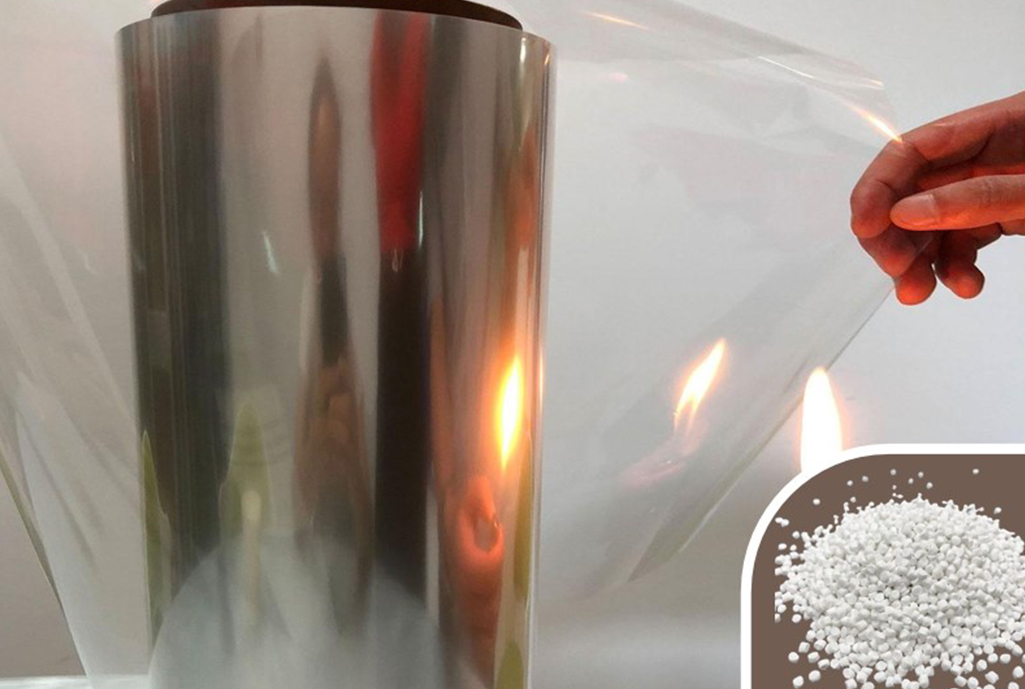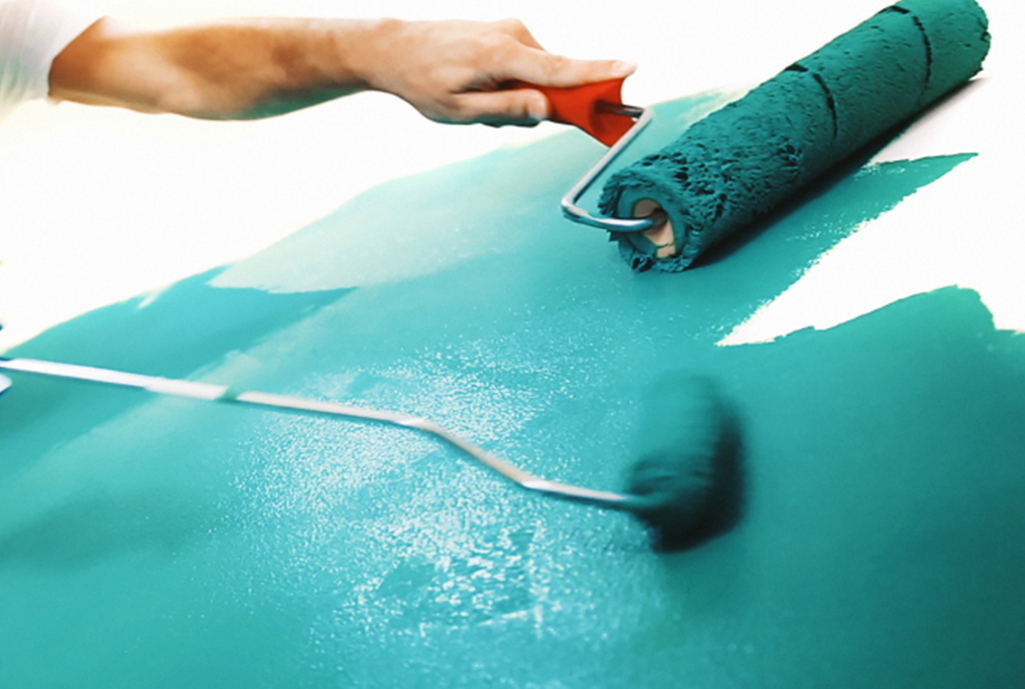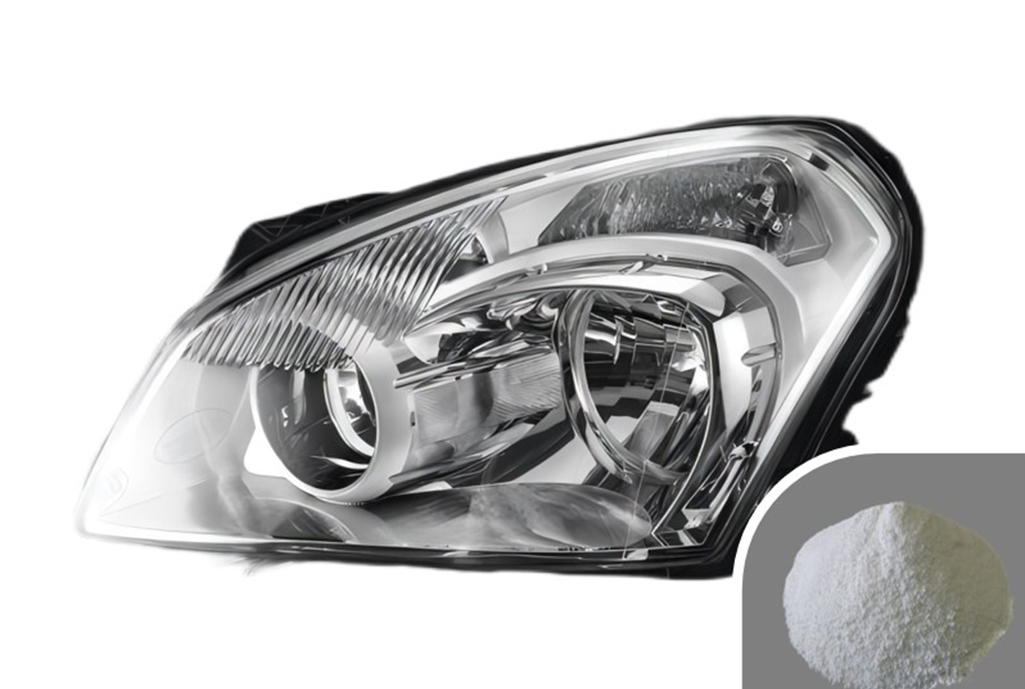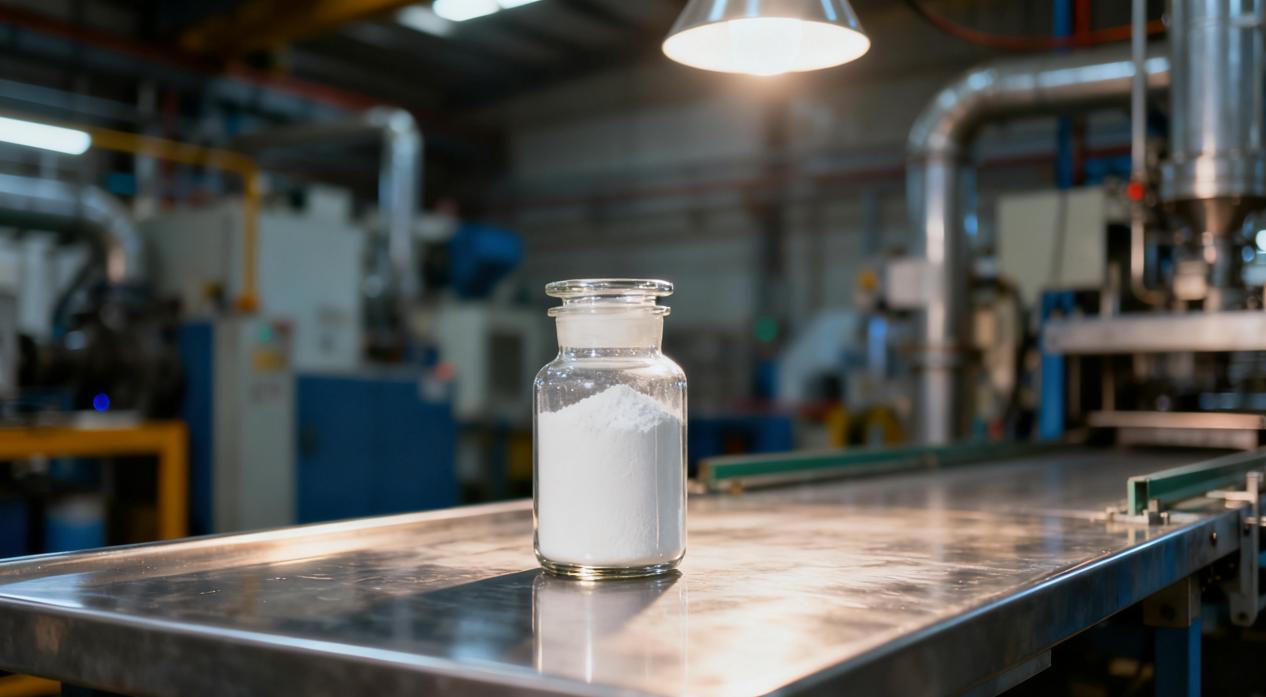How do additives enhance polyester properties?
2025-08-01
At its core, polyester, like polyethylene terephthalate (PET), is a versatile polymer with good mechanical strength, chemical resistance, and thermal stability. However, its properties can be limiting for advanced uses. This is where polyester property modifiers come in. These specialized compounds are blended with the polymer during processing to alter its fundamental characteristics, creating a new material that is more durable, safer, or visually appealing.
This modification process is not a simple mix-and-match. The choice of additive, its concentration, and the method of incorporation are all critical to achieving the desired outcome without compromising the inherent qualities of the polyester. The result is a material with a new set of capabilities, often extending its lifespan and expanding its application range.
Enhancing Key Properties: A Closer Look at Additive Functions
1. Thermal and UV Stability: Polyester can degrade when exposed to high temperatures or ultraviolet (UV) radiation, leading to discoloration, embrittlement, and a loss of mechanical strength. Thermal stabilizers and UV absorbers are a class of performance enhancers for polyester that mitigate this degradation. They work by absorbing harmful UV energy and dissipating it as heat, or by scavenging free radicals that initiate thermal breakdown. This is crucial for outdoor applications like signage and automotive parts.
2. Flame Retardancy: In applications where fire safety is a concern—such as in textiles, electronics, and construction materials—polyester's flammability is a major drawback. Flame retardants, a significant category of polyester modifiers, are introduced to inhibit the combustion process. These additives can work in several ways: by releasing non-combustible gases that dilute the oxygen supply, by forming a protective char layer on the surface, or by endothermic reactions that absorb heat.
3. Mechanical Performance: Polyester, particularly in its amorphous form, can be brittle. Impact modifiers are used to increase its toughness and resistance to shattering. These are often elastomeric particles that act as stress concentrators, distributing the energy of an impact and preventing cracks from propagating. Nucleating agents are another type of functional additive that enhances mechanical properties by controlling the crystallization process. By creating more, smaller crystalline structures, they can improve stiffness, strength, and processing speed.
4. Visual and Aesthetic Qualities: While not always "functional" in the traditional sense, additives that affect the appearance of polyester are vital. Optical brighteners and clarifiers can improve the transparency and whiteness of the material, which is critical for packaging. Colorants, including pigments and dyes, provide the vibrant colors needed for everything from consumer goods to synthetic fibers.
The Future of Additives: A Sustainable Approach
The industry is increasingly focused on developing sustainable additives for polyester. This includes bio-based additives derived from renewable resources and those that improve the recyclability of the final product. For instance, chain extenders are a type of polyester additive used in the recycling of PET. They repair the polymer chains that have been broken down during previous processing, restoring the material's molecular weight and allowing it to be reused in high-value applications.
In conclusion, the strategic use of functional additives for polyester is not just about incremental improvements; it's about fundamentally expanding the material's potential. These polyester property modifiers allow engineers and designers to overcome the material's limitations, creating products that are safer, more durable, and more sustainable.




















